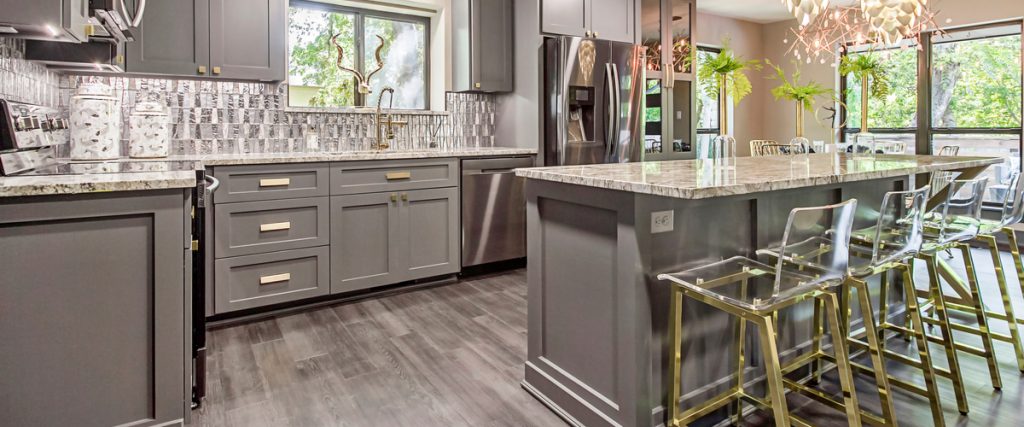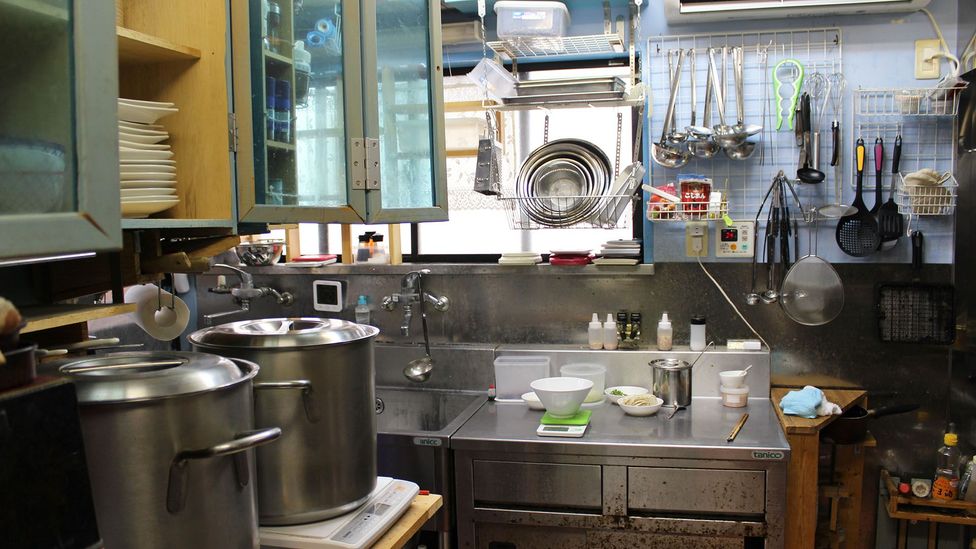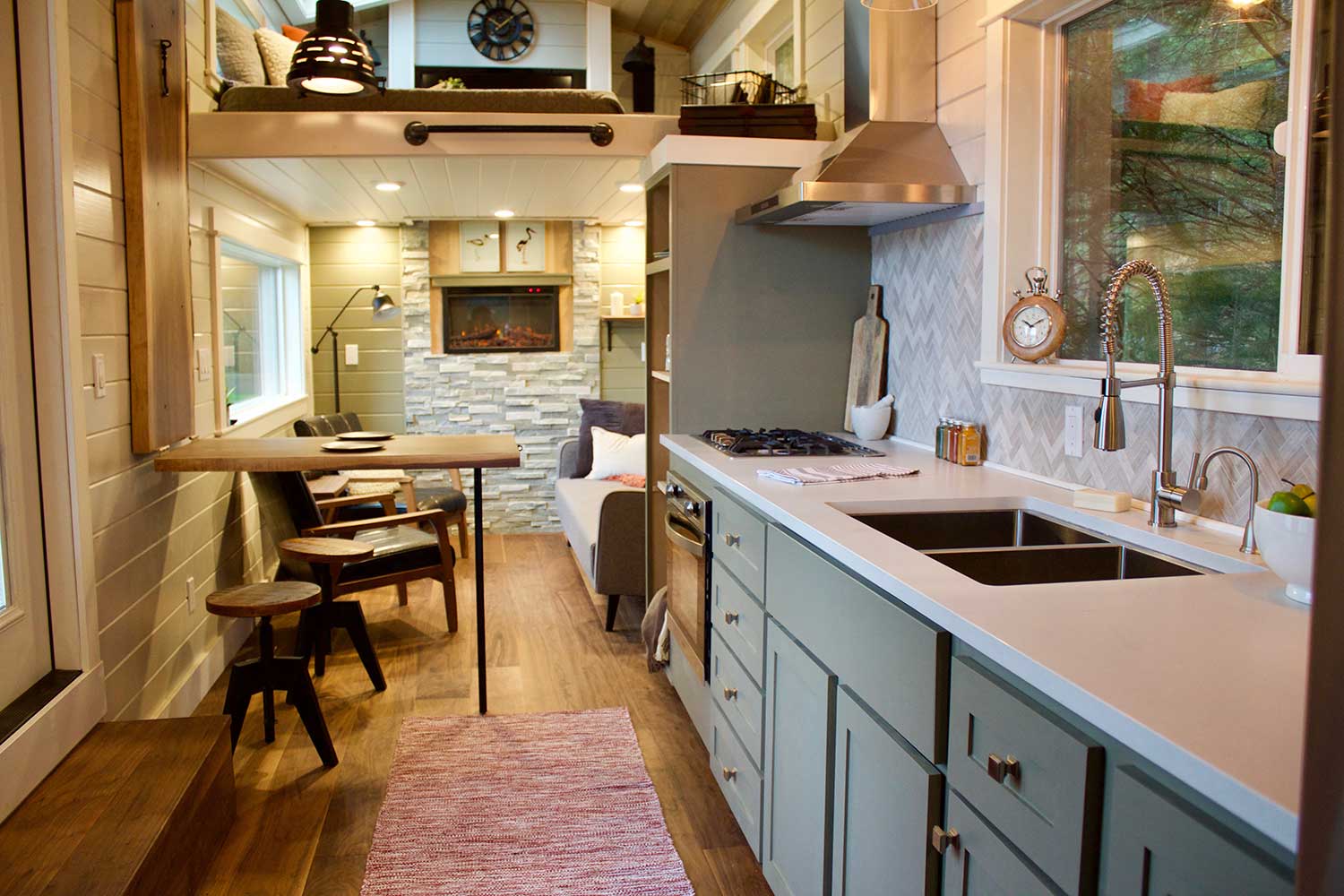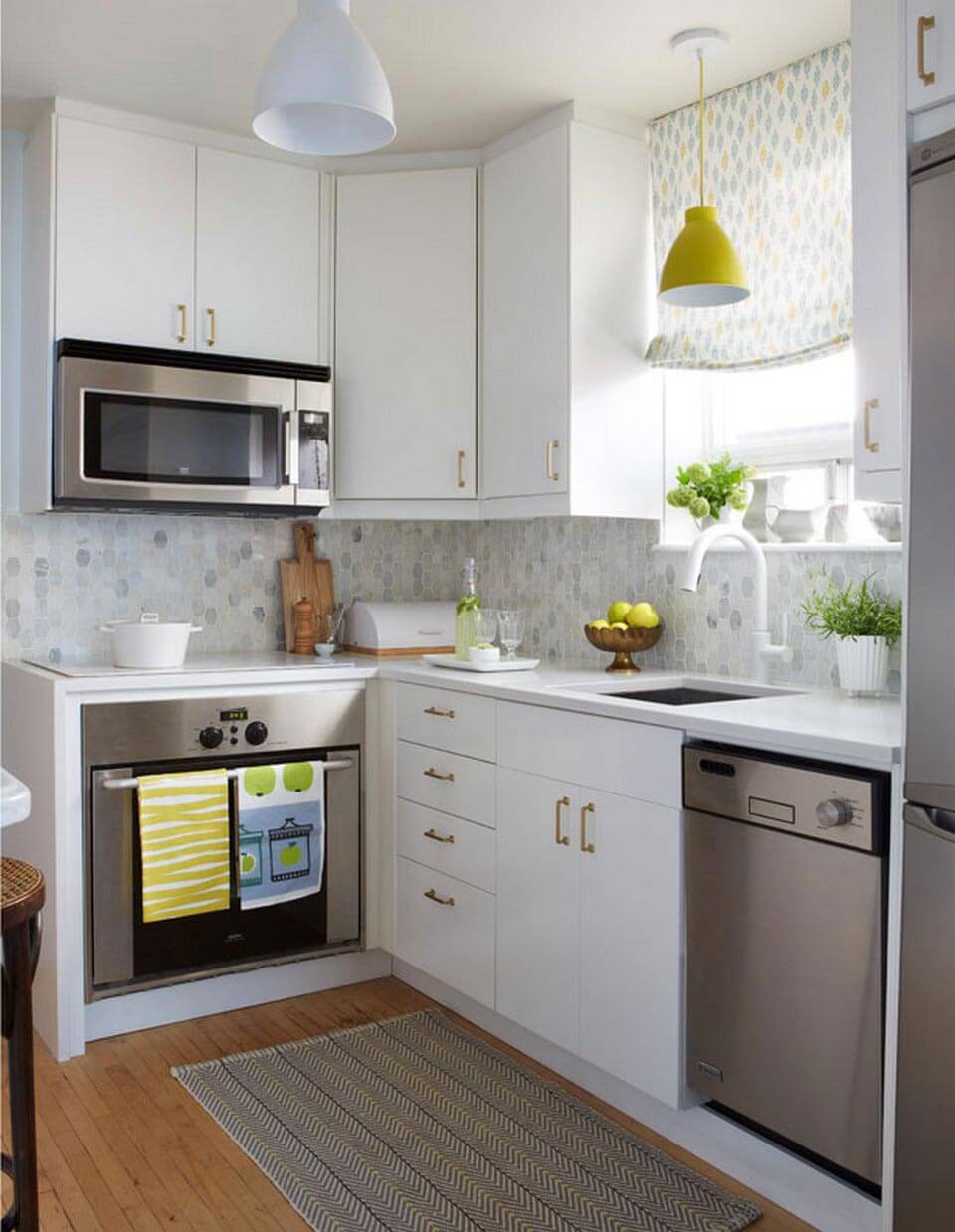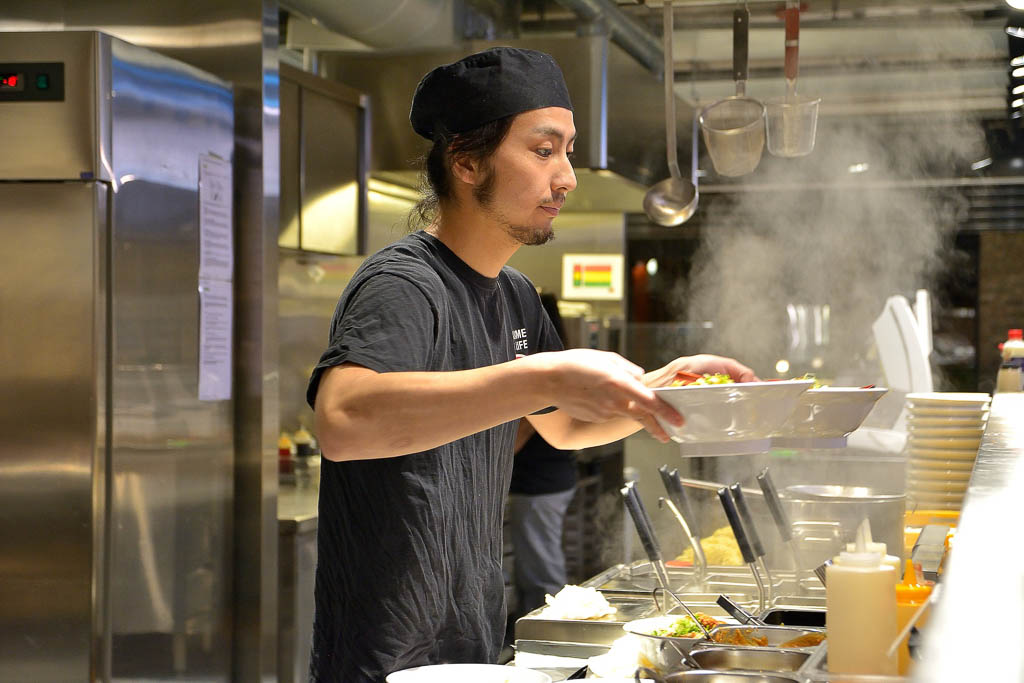Ramen has become a global sensation, with its delicious and comforting flavors winning over the hearts of people all around the world. If you're a ramen lover and have always dreamt of opening your own ramen restaurant, then designing a ramen kitchen is a crucial step to bringing your dream to life. To help you get started, here are 10 tips for designing the perfect ramen kitchen.Designing a Ramen Kitchen: 10 Tips to Get You Started
When it comes to designing a ramen kitchen, functionality and efficiency should be at the top of your priority list. A well-designed kitchen will not only make your work easier but also help you save time and maximize profits. Consider factors such as workflow, equipment placement, and ease of movement when designing your ramen kitchen.How to Design a Functional and Efficient Ramen Kitchen
The layout of your ramen kitchen is crucial for its overall functionality and efficiency. There are three main types of kitchen layouts - the U-shaped, L-shaped, and open kitchen. Each has its own advantages, so choose the one that best suits your space and needs. Make sure to also leave enough space for staff to move around and work comfortably.Creating the Perfect Layout for Your Ramen Kitchen
A well-equipped kitchen is essential for the success of your ramen restaurant. Aside from the usual kitchen appliances and tools, there are a few must-haves when it comes to designing a ramen kitchen. These include a commercial-grade noodle cooker, a high-powered gas burner, a noodle mixer, and Japanese knives. These tools will help you achieve the perfect texture and flavor for your ramen.Designing a Ramen Kitchen: Must-Have Equipment and Tools
Space is often a constraint when it comes to designing a ramen kitchen. However, with some clever planning and organization, you can maximize the space you have and make the most out of it. Consider using vertical storage solutions, such as shelves and hanging racks, to free up counter space. You can also invest in multi-functional equipment to save space.Maximizing Space in Your Ramen Kitchen Design
Starting a ramen restaurant can be a costly endeavor, but that doesn't mean you have to compromise on the design of your kitchen. With some creativity and resourcefulness, you can design a beautiful and functional ramen kitchen on a budget. Consider purchasing second-hand equipment, repurposing old furniture, and DIY-ing some of the decor to save on costs.Designing a Ramen Kitchen on a Budget
Adding traditional Japanese elements to your ramen kitchen design can help create an authentic and welcoming atmosphere for your customers. Consider incorporating elements such as wood, bamboo, and paper into the decor. You can also display traditional Japanese pottery and artwork to add a touch of culture to your space.Incorporating Traditional Japanese Elements into Your Ramen Kitchen Design
As mentioned earlier, space can be a challenge when designing a ramen kitchen, especially if you have a small space to work with. In addition to maximizing space, there are a few design tips you can use to make your small ramen kitchen feel more spacious. These include using light colors, natural light, and mirrors to create an illusion of space.Designing a Ramen Kitchen for a Small Space
Designing a ramen kitchen doesn't mean you have to stick to traditional Japanese elements. You can also opt for a modern and stylish design that reflects your unique style and brand. Consider using bold colors and patterns, incorporating industrial elements, and using modern lighting fixtures to create a contemporary look for your ramen kitchen.Creating a Modern and Stylish Ramen Kitchen Design
Efficiency and speed are vital in a ramen kitchen, especially during peak hours. The design of your kitchen should be optimized to help your staff work quickly and efficiently. Consider having separate stations for different tasks, such as cooking, plating, and garnishing. This will help minimize wait times and ensure that your customers receive their food promptly.Designing a Ramen Kitchen for Efficiency and Speed
Creating a Functional and Efficient Ramen Kitchen Design

Choosing the Right Layout
 When it comes to designing a
ramen kitchen
, one of the most important aspects to consider is the layout. The layout of a kitchen can greatly impact the efficiency and functionality of the space. When deciding on a layout, it is important to consider the
featured keywords
of the kitchen, such as the stove, sink, and work area, and how they will flow together. One popular layout for a ramen kitchen is the "work triangle" layout, where the stove, sink, and refrigerator are placed in a triangular formation, making it easy to move between these areas while cooking. Another layout option is the galley layout, where the kitchen is divided into two parallel work areas. This can be a great option for a small space, as it maximizes the use of the available area.
When it comes to designing a
ramen kitchen
, one of the most important aspects to consider is the layout. The layout of a kitchen can greatly impact the efficiency and functionality of the space. When deciding on a layout, it is important to consider the
featured keywords
of the kitchen, such as the stove, sink, and work area, and how they will flow together. One popular layout for a ramen kitchen is the "work triangle" layout, where the stove, sink, and refrigerator are placed in a triangular formation, making it easy to move between these areas while cooking. Another layout option is the galley layout, where the kitchen is divided into two parallel work areas. This can be a great option for a small space, as it maximizes the use of the available area.
Utilizing Space and Storage
 In addition to a functional layout, a well-designed ramen kitchen also needs to have ample space and storage.
Related main keywords
such as ingredients, utensils, and appliances need to be easily accessible and organized within the kitchen. To make the most of the available space, consider utilizing vertical storage options such as shelves or hanging racks. This will not only free up counter space but also add a decorative element to the kitchen. In terms of storage, built-in cabinets and drawers can provide a sleek and seamless look, while also keeping clutter out of sight.
In addition to a functional layout, a well-designed ramen kitchen also needs to have ample space and storage.
Related main keywords
such as ingredients, utensils, and appliances need to be easily accessible and organized within the kitchen. To make the most of the available space, consider utilizing vertical storage options such as shelves or hanging racks. This will not only free up counter space but also add a decorative element to the kitchen. In terms of storage, built-in cabinets and drawers can provide a sleek and seamless look, while also keeping clutter out of sight.
Lighting and Ambience
 Lighting is an important aspect of any kitchen design, and a ramen kitchen is no exception.
Featured keywords
such as the stove and work area need to be well-lit for safety and functionality. Consider incorporating task lighting above the stove and work area, and ambient lighting in other areas of the kitchen to create a warm and inviting atmosphere. Natural light can also play a big role in the ambience of a kitchen, so if possible, try to incorporate windows or skylights into the design.
Overall, when designing a ramen kitchen, it is important to consider the functionality, space, and ambience of the space. By carefully selecting a layout, utilizing space and storage, and incorporating proper lighting, you can create a kitchen that is not only efficient but also aesthetically pleasing. With these key elements in mind, your ramen kitchen is sure to become the heart of your home.
Lighting is an important aspect of any kitchen design, and a ramen kitchen is no exception.
Featured keywords
such as the stove and work area need to be well-lit for safety and functionality. Consider incorporating task lighting above the stove and work area, and ambient lighting in other areas of the kitchen to create a warm and inviting atmosphere. Natural light can also play a big role in the ambience of a kitchen, so if possible, try to incorporate windows or skylights into the design.
Overall, when designing a ramen kitchen, it is important to consider the functionality, space, and ambience of the space. By carefully selecting a layout, utilizing space and storage, and incorporating proper lighting, you can create a kitchen that is not only efficient but also aesthetically pleasing. With these key elements in mind, your ramen kitchen is sure to become the heart of your home.















